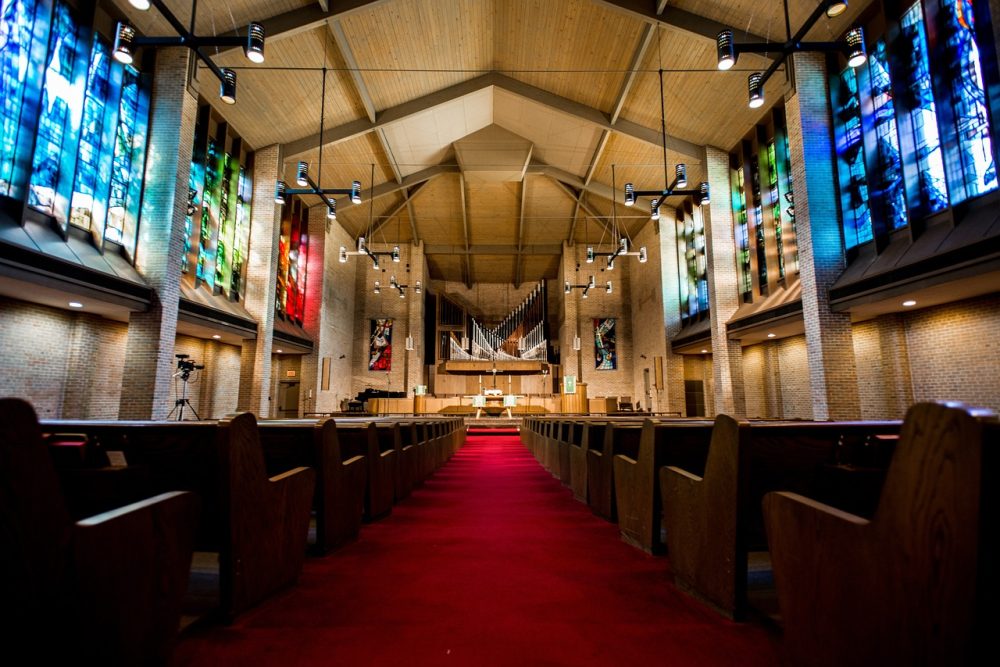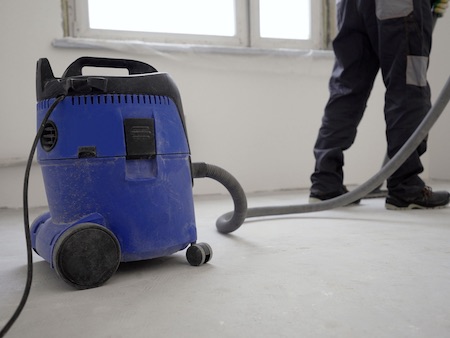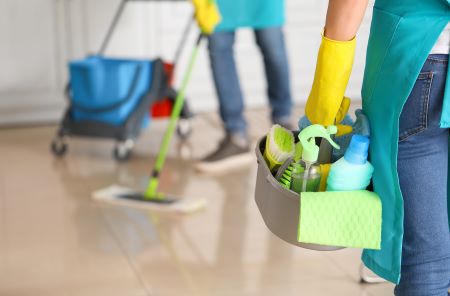Keeping church Pew and Seating Area Cleaning is a crucial task for maintaining a hygienic and welcoming environment for worshippers. This provides practical advice on how to effectively clean and maintain pews and seating areas in churches, ensuring a safe and comfortable space for congregants.
Table of Contents
Key takeaways:
- Regular cleaning of pews and seating areas is essential for church hygiene
- Different cleaning methods are needed for wood, upholstery, and metal surfaces
- Use gentle, non-abrasive cleaners to protect pew finishes
- Vacuum and spot clean fabric surfaces frequently
- Disinfect high-touch areas regularly, especially during flu season
- Develop a cleaning schedule to maintain consistency
- Consider professional cleaning services for deep cleaning needs
Understanding the Importance of Pew and Seating Area Cleaning

Pew and Seating Area Cleaning goes beyond just appearances. It plays a vital role in creating a healthy environment for worshippers and staff. Regular cleaning helps remove dirt, dust, and potential allergens that can accumulate over time. It also helps prevent the spread of germs and bacteria, which is especially important in shared spaces like churches.
Assessing your Church’s Seating Materials
Before starting any cleaning process, it’s important to identify the materials used in your Pew and Seating Area Cleaning. Common materials include:
- Wood (finished and unfinished)
- Upholstery (fabric or leather)
- Metal
- Plastic
Each material requires specific cleaning methods to avoid damage while ensuring cleanliness.
Cleaning Wooden Pews
Wooden pews are a common feature in many churches. They require special care to maintain their appearance and structural integrity.
Dusting and basic cleaning
Start by dusting the pews with a soft, dry cloth or a feather duster. This removes loose dirt and dust that can scratch the surface if rubbed in during cleaning. For a deeper clean, use a slightly damp microfiber cloth. Avoid using excess water, as it can damage the wood.
Dealing with sticky spots
For sticky spots or stubborn dirt, mix a small amount of mild dish soap with warm water. Dip a soft cloth into the solution, wring it out well, and gently clean the affected area. Immediately dry the surface with a clean, dry cloth to prevent water damage.
Polishing and protecting
To maintain the luster of wooden pews, apply a furniture polish specifically designed for wood. Use sparingly and follow the product instructions carefully. Avoid silicone-based polishes, as they can build up over time and attract dust.
Upholstered Seating Maintenance
Many modern churches have upholstered seating, which requires different cleaning methods than wooden pews.
Regular vacuuming
Vacuum upholstered seating weekly using an upholstery attachment. This removes loose dirt, dust, and debris before it can settle into the fabric. Pay special attention to crevices and seams where dirt tends to accumulate.
Spot cleaning
For small stains or spills, act quickly. Blot the area with a clean, white cloth to absorb as much of the spill as possible. Avoid rubbing, as this can spread the stain and damage the fabric. Use a fabric-appropriate spot cleaner, following the product instructions carefully.
Deep cleaning
Periodically, upholstered seating may need deep cleaning. This can be done using a steam cleaner or by hiring a professional cleaning service. Be sure to test any cleaning method on a small, inconspicuous area first to ensure it doesn’t damage or discolor the fabric.
Metal and Plastic Seating Care
For churches with metal or plastic seating, Pew and Seating Area Cleaning is generally simpler but still requires attention to detail.
Basic cleaning
Wipe down metal and plastic surfaces with a damp cloth and a mild all-purpose cleaner. For tougher grime, use a soft-bristled brush to gently scrub the surface. Rinse with a clean, damp cloth and dry thoroughly to prevent water spots or rust on metal surfaces.
Disinfecting
Regularly disinfect high-touch areas on metal and plastic seating, such as armrests and backrests. Use a disinfectant approved for use on these materials and follow the product instructions for proper dwell time.
Addressing specific cleaning challenges
Churches often face unique cleaning challenges due to the nature of their use and the variety of people who visit.
Removing gum
Gum stuck to pews or seats can be a common problem. For hard surfaces, carefully scrape off as much as possible with a plastic scraper. Then, apply an ice pack to harden any remaining gum and scrape again. For upholstery, freeze the gum with ice and carefully pick it off once hardened.
Dealing with ink stains
Ink stains on fabric can be challenging. Try blotting the stain with rubbing alcohol using a clean white cloth. For wooden surfaces, a mixture of baking soda and water can help lift ink stains. Always test cleaning solutions on a small, hidden area first.
Removing wax
Candle wax on pews or seating can be removed by placing a brown paper bag over the wax and using a warm iron to melt it. The paper bag will absorb the melted wax. Be cautious with heat on delicate fabrics or finishes.
Creating a cleaning schedule
Developing a consistent cleaning schedule is key to maintaining clean church seating.
Daily tasks
- Dust wooden pews
- Spot clean any visible stains or spills
- Empty trash and replace liners in seating areas
Weekly tasks
- Vacuum all upholstered seating
- Wipe down hard surfaces with a damp cloth
- Disinfect high-touch areas
Monthly tasks
- Deep clean upholstery
- Polish wooden pews
- Inspect seating for any needed repairs
Seasonal Considerations for Church Cleaning

Different seasons bring unique cleaning challenges for churches.
Spring cleaning
Spring is an ideal time for a thorough cleaning of all seating areas. This might include:
- Deep cleaning all upholstery
- Refinishing wooden pews if needed
- Cleaning and repairing any damaged seating
Winter preparations
As winter approaches, consider:
- Placing mats at entrances to reduce dirt and salt tracked in
- Increasing the frequency of cleaning to combat flu season
- Ensuring heating systems are clean to prevent dust circulation
Professional Pew and Seating Area Cleaning for Churches
While regular maintenance can be handled by church staff or volunteers, professional Pew and Seating Area Cleaning can be beneficial for:
- Deep cleaning of upholstery
- Refinishing wooden pews
- Addressing stubborn stains or odors
- Annual or bi-annual thorough cleaning
Training Volunteers for Church Cleaning

Many churches rely on volunteers for cleaning tasks. Proper training is essential to ensure effective and safe cleaning practices.
Creating a cleaning manual
Develop a comprehensive cleaning manual that includes:
- Step-by-step cleaning instructions for different surfaces
- Safety guidelines for handling cleaning products
- A list of approved cleaning supplies and their proper use
Organizing cleaning teams
Assign specific tasks to different teams to ensure all areas are covered:
- Pew cleaning team
- Upholstery cleaning team
- Floor cleaning team
Rotate responsibilities to prevent burnout and ensure all volunteers are familiar with different cleaning tasks.
Eco-friendly Cleaning Options for Churches
Many churches are moving towards more environmentally friendly cleaning practices.
Natural cleaning solutions
Consider using natural cleaning solutions like:
- Vinegar and water for general cleaning
- Baking soda paste for scrubbing tough stains
- Lemon juice for brightening and deodorizing
Sustainable cleaning products
Look for cleaning products that are:
- Biodegradable
- Non-toxic
- Packaged in recyclable containers
Safety Considerations in Church Cleaning
Ensuring the safety of those cleaning and using the church is paramount.
Proper use of cleaning chemicals
- Always read and follow product labels
- Use protective gear like gloves and eye protection when needed
- Store cleaning products safely out of reach of children
Preventing slip and fall accidents
- Use “Wet Floor” signs when cleaning
- Ensure all spills are cleaned up promptly
- Maintain good lighting in all areas being cleaned
Maintaining Clean Air Quality in Churches
Clean seating contributes to overall air quality in the church.
Regular HVAC maintenance
- Change air filters regularly
- Have HVAC systems professionally cleaned annually
Using air purifiers
Consider placing air purifiers in seating areas to help remove airborne particles and improve overall air quality.
Addressing Accessibility in Church Cleaning
Ensure that cleaning practices consider the needs of all congregants, including those with disabilities.
Cleaning wheelchair accessible areas
- Pay special attention to areas designated for wheelchair users
- Ensure these spaces are free from obstacles and thoroughly cleaned
Hypoallergenic cleaning products
Use hypoallergenic cleaning products when possible to accommodate those with sensitivities or allergies.
Budgeting for Church Cleaning Supplies and Services
Effective cleaning requires proper budgeting for supplies and occasional professional services.
Tracking cleaning expenses
Keep detailed records of:
- Cleaning supply purchases
- Professional cleaning service costs
- Equipment maintenance and replacement
Cost-saving strategies
Consider bulk purchasing of cleaning supplies and investing in durable, long-lasting cleaning equipment to save money in the long run.
Evaluating the Effectiveness of your Cleaning Program
Regularly assess your church’s cleaning program to ensure it meets the needs of your congregation.
Conducting cleanliness surveys
Ask congregants to provide feedback on the cleanliness of the church, including seating areas.
Regular inspections
Conduct periodic inspections of all seating areas to identify any areas that may need extra attention or different cleaning methods.
Adapting Cleaning Practices for Different Church Events
Different church events may require adjustments to your regular cleaning routine.
Wedding and funeral preparations
- Deep clean all seating areas before these special events
- Have spot-cleaning supplies readily available during events
Holiday season cleaning
Increase cleaning frequency during busy holiday seasons when church attendance is higher.
Conclusion
Maintaining clean pews and seating areas is an ongoing task that requires dedication and attention to detail. By following these guidelines and adapting them to your specific church’s needs, you can create a welcoming, hygienic environment for all who enter your doors. Remember, a clean church is a reflection of the care and respect you have for your congregation and your place of worship. Pew and seating area cleaning is vital for churches. Discover effective tips for maintaining hygiene and comfort in worship spaces. Feel free to visit our office or contact us for assistance. In addition to regular cleaning and maintenance, consider enlisting the help of professional church cleaning services to ensure that every corner of your worship space is kept spotless. These experts can provide deep cleaning services, upholstery cleaning, and specialized sanitation methods to keep your pews and seating areas in pristine condition. By investing in professional church cleaning services, you can elevate the cleanliness and comfort of your church, creating a more inviting and welcoming atmosphere for your congregation.
| Cleaning Task | Frequency | Supplies Needed |
|---|---|---|
| Dusting pews | Daily | Microfiber cloth, feather duster |
| Vacuuming upholstery | Weekly | Vacuum with upholstery attachment |
| Disinfecting high-touch areas | 2-3 times per week | Disinfectant wipes or spray |
| Deep cleaning upholstery | Quarterly | Steam cleaner or professional service |
| Polishing wooden pews | Monthly | Wood polish, soft cloth |
| Surface Type | Recommended Cleaner | Cleaning Method |
|---|---|---|
| Wood | Mild soap solution | Damp cloth, dry immediately |
| Fabric upholstery | Fabric-safe spot cleaner | Blot, don’t rub |
| Metal | All-purpose cleaner | Wipe down, dry thoroughly |
| Plastic | Mild detergent solution | Soft brush for scrubbing |
| Leather | Leather cleaner | Follow product instructions |
- Essential cleaning supplies for church seating maintenance:
- Microfiber cloths
- Vacuum cleaner with attachments
- Gentle all-purpose cleaner
- Wood polish (for wooden pews)
- Fabric spot cleaner
- Disinfectant spray or wipes
- Soft-bristled brushes
- Protective gloves
- “Wet Floor” signs

